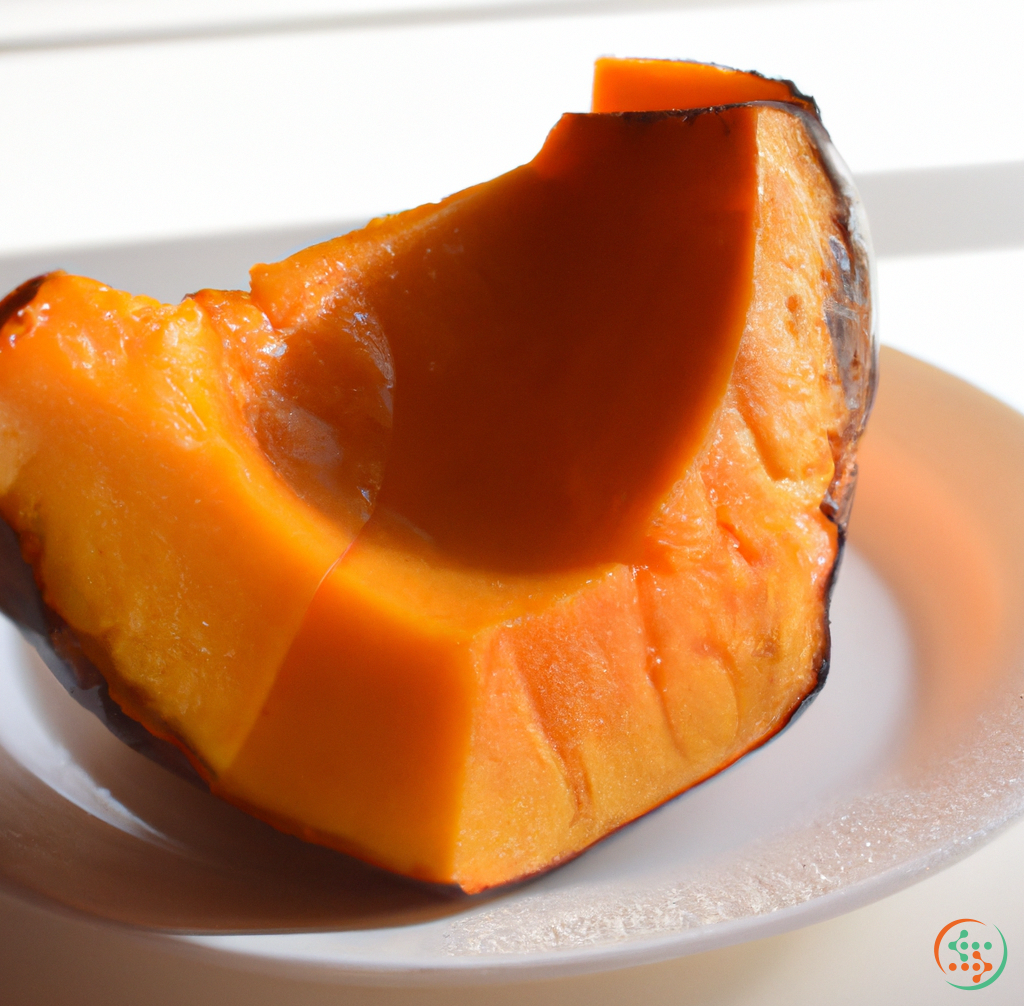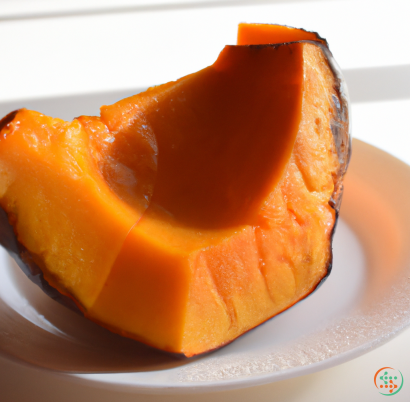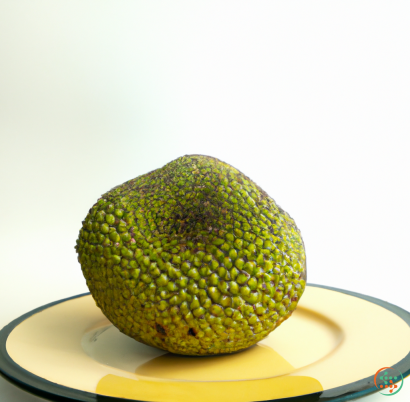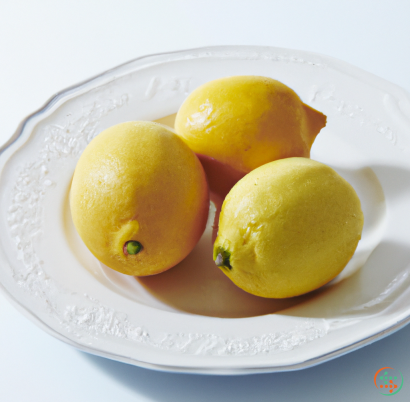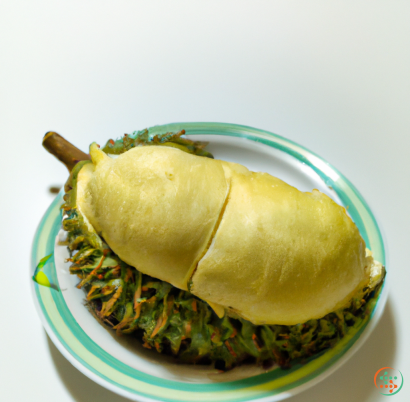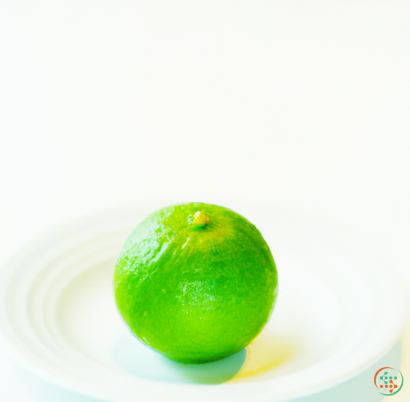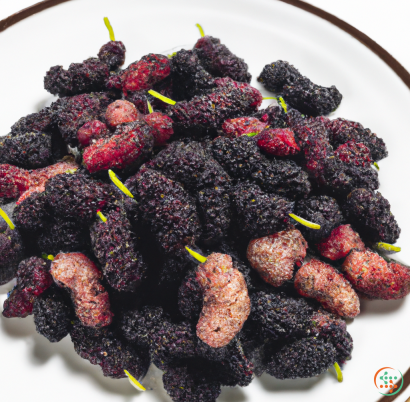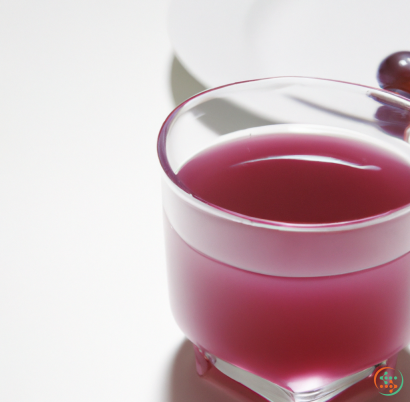Cooked Pumpkin
Cooked pumpkin is a staple of autumn cooking, and for good reason. With its bright orange color, sweet flavor, and creamy texture, it's the perfect addition to soups, pies, and casseroles. Not only is pumpkin delicious, but it’s also incredibly nutritious, loaded with vitamins, minerals, antioxidants, fiber, and more. Whether you roast it, bake it, or simmer it in a soup, cooked pumpkin is sure to make your meal tastier and healthier.
Let’s start with how to choose a pumpkin that’s right for cooking. Generally speaking, the small, sweet pumpkins known as “sugar pumpkins” or “pie pumpkins” make the best-tasting cooked pumpkin recipes. These types of pumpkins are smaller in size, typically five to eight pounds, and a deep orange color. Their flavor is more concentrated, and they’re naturally a bit sweeter than larger jack-o-lantern pumpkins. If you are unable to find sugar pumpkins, any type of sweet, ripe pumpkin will do.
Once you’ve chosen your pumpkin, the next step is to prepare it for cooking. Start by washing the exterior of the pumpkin with soap and water. Then cut off the top and bottom, so it sits flat and can be halved. Slice the pumpkin in half from top to bottom, then scoop out the seeds and strings from the middle. Finally, cut the halves into half-moon wedges, about one-quarter inch thick, making sure each piece has some of the skin still attached. From here, you can either roast, bake, or simmer your pumpkin.
Roasting is the most common way of cooking pumpkin, and is an easy process. Preheat your oven to 400 degrees Fahrenheit, then lightly coat the parchment-lined baking sheet with cooking spray or oil. Arrange the wedges of pumpkin on the baking sheet so they are not overcrowded, and sprinkle them with a bit of olive oil, salt, and pepper. Roast in the preheated oven for 25-30 minutes, flipping the wedges halfway through, until they are lightly browned and easily pierced with a fork.
Baking is another popular way of cooking pumpkin, and it yields a slightly different texture than roasting. Preheat your oven to 375 degrees Fahrenheit, then spread the wedges out on a parchment-lined baking sheet. Lightly coat the wedges with olive oil, and sprinkle them with salt, pepper, and any other seasonings of your choice. Bake for 25-30 minutes, until the pumpkin is golden brown and easily pierced with a fork.
Finally, you can also simmer your pumpkin in a soup or other liquid. This method is super easy and yields a creamier texture than either baking or roasting. To get started, heat a saucepan over medium heat and add a tablespoon of olive oil. Add the pumpkin wedges and cook until lightly browned, about 5 minutes. Add a cup of chicken stock or vegetable broth, then reduce the heat to low and simmer for 20-30 minutes, until the pumpkin is tender.
No matter which cooking method you choose, cooked pumpkin is a versatile and delicious addition to your meals. Its vibrant color adds a cheery pop of color to any dish, and its sweet flavor and creamy texture can stand on its own or work as part of a larger recipe. Plus, pumpkin is rich in fiber, which can help promote digestion and keep you feeling full for longer. So go ahead and give your recipes a nutritional boost with some cooked pumpkin!
Cooked Pumpkin: From Field to Table
Pumpkins are one of the oldest crops cultivated by man, with evidence of them being eaten as far back as 7,500 BCE in Central America. Not only are they a decorative addition to the autumn harvest, but they’re an important source of dietary nutrition, providing a rich source of vitamins, minerals, and dietary fiber. One of the most popular ways to enjoy pumpkins is to cook them. From the field to the plate, what happens once a pumpkin is plucked from the vine and how does it end up as supper? Let’s explore the journey a cooked pumpkin takes to get to your dinner plate.
Harvesting the Pumpkin
The first step in the process is to harvest the pumpkin. Pumpkins are best harvested when firm and before any color changes to orange or yellow. To safely remove the pumpkin from the vine, look for the point closest to the vine and slice the stem with a sharp knife or garden shears.
Once the pumpkin is harvested, it’s time to clean and prepare it for cooking. First, you’ll need to remove the stem and brush away any dirt or debris from the exterior of the pumpkin. If you’re using the entire pumpkin—including the skin—you can scrub it with a kitchen brush, a soft cloth and warm soapy water. If you’re just cooking the pumpkin flesh, you can skip this step and go straight to cutting it open.
Cutting, Peeling and Prepping
To prepare the pumpkin for cooking, you’ll need to cut it open. To do this, use a chef’s knife or a heavy-duty pair of kitchen shears. You’ll want to make sure to cut through the harder rind that’s closest to the stem and away from the softer, inner flesh. Once open, you can remove the seeds and scrape out the pumpkin’s inner fibers, if desired. Depending on how you plan to cook the pumpkin, you can either leave the skin on or peel it off. If you’d like to remove the skin, you can do so after cutting it open—with a sharp knife or a spoon.
Cooking the Pumpkin
Once the pumpkin is prepped, you can cook it. There are several methods of cooking that can be used, depending on your personal preference and what type of recipe you’re following. The most traditional way to cook pumpkin is by baking. To bake pumpkin, you’ll want to preheat your oven to 400 degrees. Slice the pumpkin in half, and scoop out the seeds and inner fibers. Place the halves face down on a roasting pan lined with parchment paper or lightly greased with a butter or oil. Bake the pumpkin for roughly 45 minutes, until the flesh is soft and easily pierced with a fork.
Another popular way to cook pumpkin is by boiling it. Boiling pumpkin is a great way to soften the flesh while retaining a lot of the flavor. To boil pumpkin, you’ll need to first peel and cube the flesh. Place the cubes in a large saucepan and fill the pan with enough cold water to just cover the cubes. Place over high heat, bringing the water to a rolling boil. Cook for around 10 minutes, or until the cubes are fork-tender.
Finally, you can also cook pumpkin in a slow cooker or in the microwave. When cooking in a slow cooker, you’ll first need to cut the pumpkin into sections and sprinkle with seasonings, if desired. Add the sections to the slow cooker, fill with a cup of water, and set to low heat. Cook for around six hours, or until the flesh is soft. To microwave the pumpkin, cut it into sections and place in a large microwave-safe bowl. Fill with about 1/2 cup of water, cover, and microwave for 8-10 minutes.
Processing
Once the pumpkin is cooked, you’ll need to process it. The exact process will depend on how you plan to use the pumpkin—whether you want to mash, puree, cube, or simply leave it in large chunks. This can be done by hand using a potato masher, a ricer, or a fork—or with a food processor.
If you choose to mash the pumpkin, you’ll want to mash it until it’s fairly smooth. You can keep some chunks, if desired, for texture. If you plan to puree it, you’ll want to blend it until it’s completely smooth.
If you plan to cube or chunk the cooked pumpkin, you’ll need to use a sharp knife to cut it into small pieces. You can choose to leave the skin on, or peel it off before cutting.
Serving up a Delicious Meal
Once the cooked pumpkin is processed, you’re ready to serve it up. Cooked pumpkin can be used in all sorts of dishes, from savory soups and sauces to sweet desserts and snacks. It can also be served all on its own!
If you’re looking for a savory dish, try adding cooked pumpkin to a curry, stew, soup or casserole for extra flavor and nutrition. Or, for a sweet treat, try baking it in muffins, baking it in a pie, turning it into pancakes and more. Cooked pumpkin can also be served as an accompaniment to a meal, as a side dish or even as a main course. For an easy side dish, try roasting cubes of cooked pumpkin with a little olive oil, garlic, and seasonings.
No matter how you choose to serve it, cooked pumpkin is a delicious and nutritious addition to any meal. So next time you’re looking to enjoy some delicious pumpkin flavors, remember the journey it took just to get to your plate!
| Vitamin A | 0.288 mg | |
| Beta-Carotene | 0.002096 grams | |
| Alpha-Carotene | 0.002715 grams | |
| Vitamin E | 0.8 mg | |
| Vitamin K | 0.8 ug | |
| Vitamin C | 0.0047 grams | |
| Vitamin B1 | 0.03 mg | |
| Vitamin B2 | 0.08 mg | |
| Vitamin B3 | 0.41 mg | |
| Vitamin B4 | 0.0062 grams | |
| Vitamin B5 | 0.2 mg | |
| Vitamin B6 | 0.04 mg | |
| Vitamin B9 | 0.009 mg |
| Calcium | 0.015 grams |
Daily Value 1.3 g
|
| Iron | 0.57 mg |
Daily Value 0.018 g
|
| Magnesium | 0.009 grams |
Daily Value 0.4 g
|
| Phosphorus | 0.03 grams |
Daily Value 1.25 g
|
| Potassium | 0.23 grams |
Daily Value 4.7 g
|
| Sodium | 0.001 grams |
Daily Value 2.3 g
|
| Zinc | 0.23 mg |
Daily Value 0.011 g
|
| Copper | 0.09 mg |
Daily Value 0.9 mg
|
| Manganese | 0.09 mg |
Daily Value 0.0023 g
|
| Selenium | 0.2 ug |
Daily Value 0.055 mg
|
| Tryptophan | 0.009 grams | |
| Threonine | 0.021 grams | |
| Isoleucine | 0.023 grams | |
| Leucine | 0.034 grams | |
| Lysine | 0.039 grams | |
| Methionine | 0.008 grams | |
| Cystine | 0.002 grams | |
| Phenylalanine | 0.023 grams | |
| Tyrosine | 0.03 grams | |
| Valine | 0.025 grams | |
| Arginine | 0.039 grams | |
| Histidine | 0.011 grams | |
| Alanine | 0.02 grams | |
| Aspartic Acid | 0.074 grams | |
| Glutamic Acid | 0.133 grams | |
| Glycine | 0.019 grams | |
| Proline | 0.019 grams | |
| Serine | 0.032 grams |
| Total Sugars | 2.1 grams |
per 100g
|
| Myristic acid (14:0) | 0.01 grams |
|
| Palmitic acid (16:0) | 0.03 grams |
|
| Total Saturated fatty acids: | 0.04 g | |
| Oleic acid (18:1) | 0.01 grams |
|
| Palmitoleic acid (16:1) | 0.01 grams |
|
| Total Monounsaturated fatty acids: | 0.02 g | |
